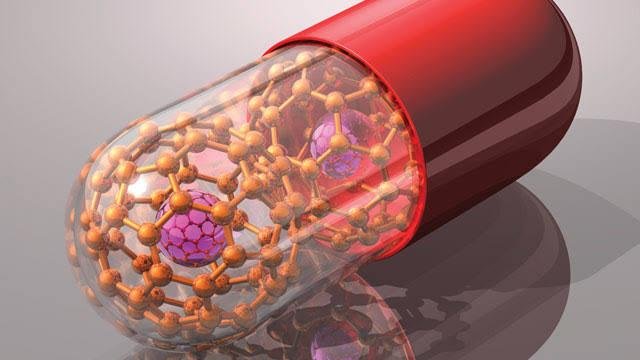Nanomedicine
From bioimaging to drug delivery and therapeutics, nanotechnology is poised to change the way doctors practice medicine.
Nanomaterials typically have high surface area–to-volume ratios, generating a relatively large substrate for chemical attachment. Scientists have been able to create new surface characteristics for nanomaterials and have manipulated coating molecules to fine-tune the particles’ behaviors. Most nanomaterials can also penetrate living cells, providing the basis for nanocarrier delivery of biosensors or therapeutics. When systemically administered, nanomaterials are small enough that they don’t clog blood vessels, but are larger than many small-molecule drugs, facilitating prolonged retention time in the circulatory system. With the ability to engineer synthetic DNA, scientists can now design and assemble nanostructures that take advantage of ?Watson-Crick base pairing to improve target detection and drug delivery.